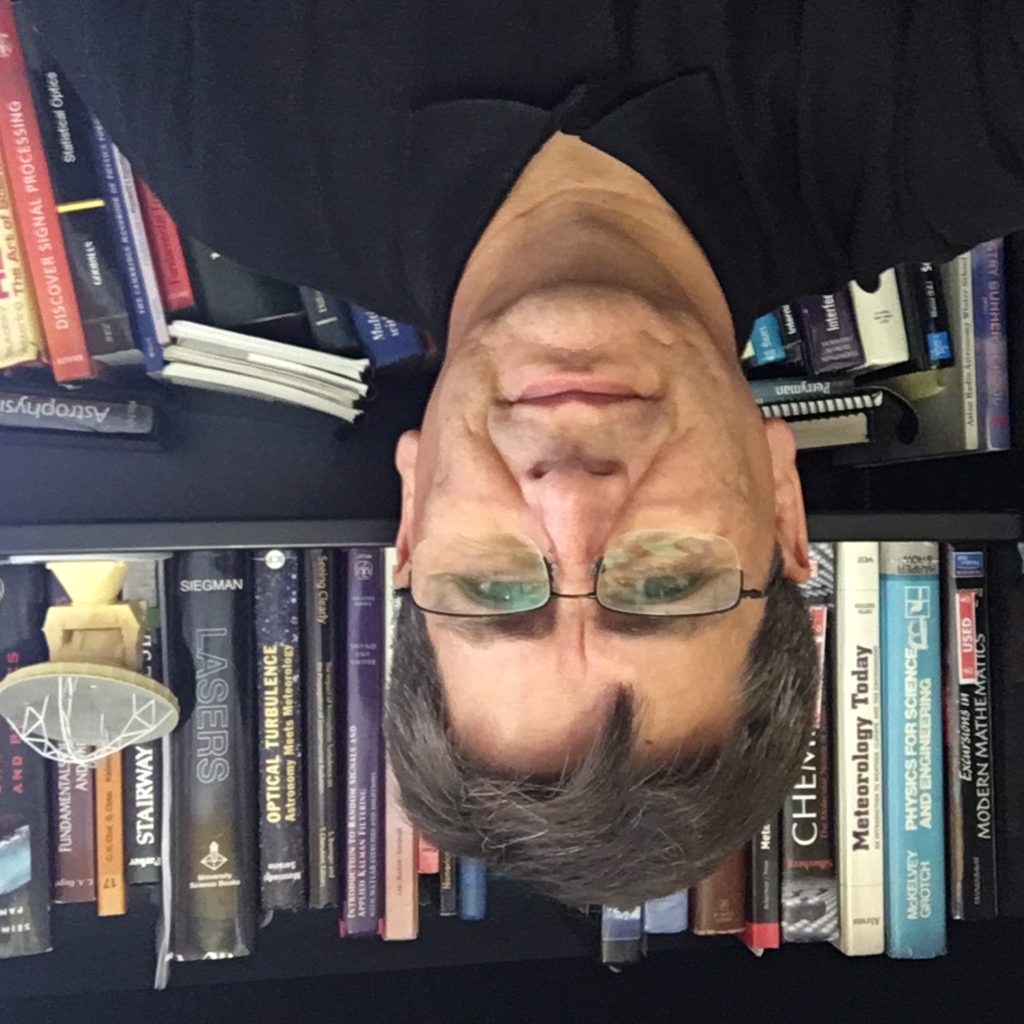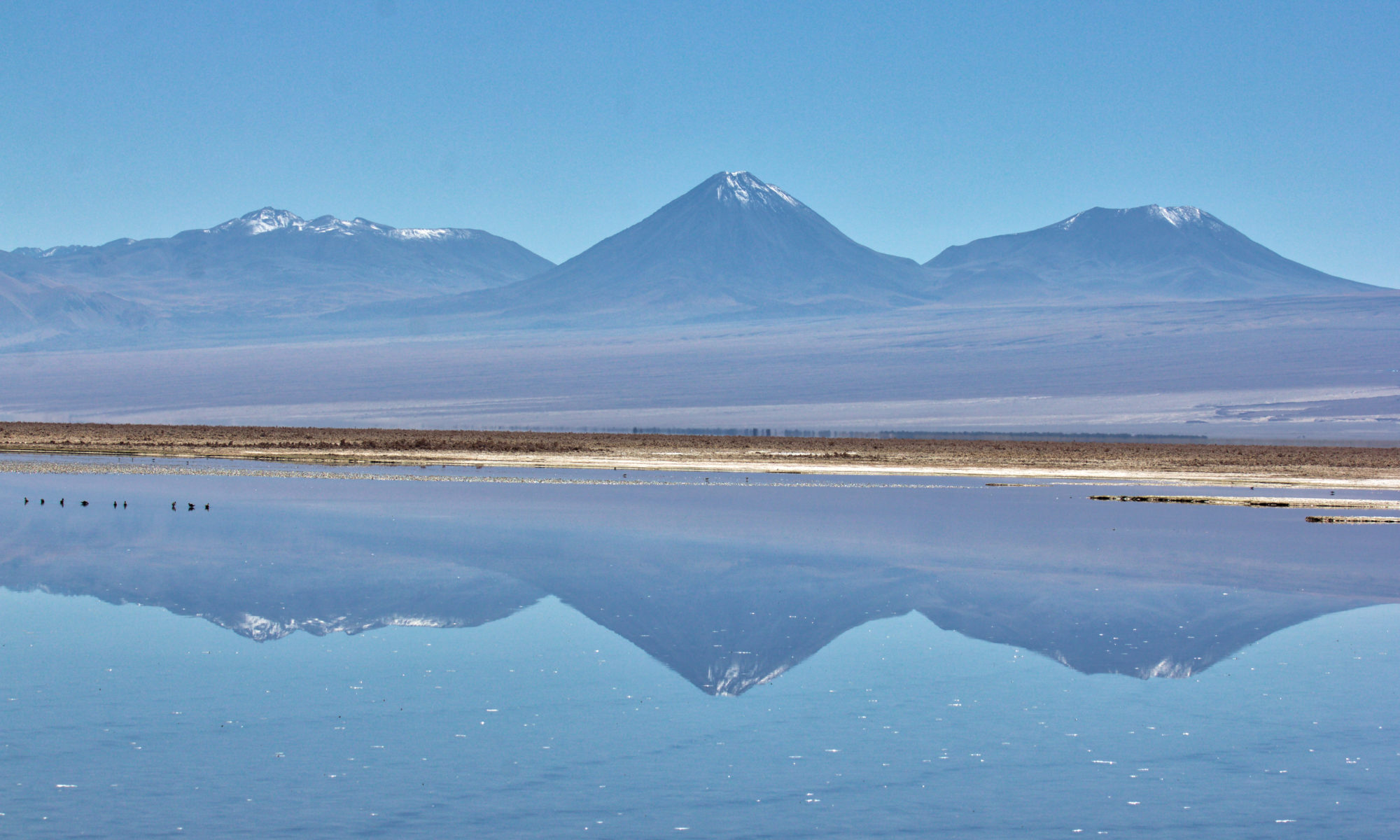
Links to my weather stations:
Tucson (AZ), USA
Las Condes (Region Metropolitana), CHILE
I hold a bachelor’s degree in civil engineering from the Universidad de Santiago de Chile (USACH), a Master of Science degree in atmospheric sciences from the University of Arizona, and a Ph.D. in atmospheric sciences with a minor in planetary sciences from the University of Arizona. My graduate education was supervised by Dr. E. R. Kursinski.
From 1990 to 2001, I worked on site-testing studies in collaboration with several radio astronomy institutes in the United States, Europe, and Japan. These studies led to the identification of the Llano de Chajnantor, located at 5,050 meters above sea level on the west slope of the Andes in northern Chile, as the best site for the Atacama Large Millimeter Array (ALMA) project. I also participated in the technical evaluation of prototype radio antennas for the ALMA project.
From 2007 to 2008, I had the opportunity to participate in the final stage of site testing for the Thirty Meter Telescope project.
From 2008 to 2020, I conducted research on atmospheric turbulence, precipitable water vapor, and meteorological conditions at sites of interest for the Thirty-Meter Telescope project. During this period, I held the position of Adaptive Optics Systems Scientist, serving as a member of the Systems Scientists/Operations team at the Thirty-Meter International Observatory from 2016 onwards.
In July 2020, I began working as an Atmosphere Scientist at the European Southern Observatory, where I am a member of the Science Operations Systems scientists team and Co-Chair of the Extremely Large Telescope (ELT) AstroWeather Working Group.
Research Interests
- Atmospheric Water Vapor: I study the distribution and variability of water vapor in the Earth’s atmosphere. I have developed radiative transfer code in Matlab© to model the emission of gases such as H2O, CO2, O3, N2O, CO, CH4, etc., and for environments like the atmospheres of Earth, Mars, and Titan.
- Atmospheric Turbulence: I research the propagation of electromagnetic waves through a turbulent and absorbing medium.
- Active Remote Sensing: I use the Radio Occultation technique with the Active Temperature, Ozone, Moisture Microwave Spectrometer (ATOMMS) to study the Earth’s atmosphere.
- Adaptive Optics: I participate in studies to generate artificial beacons in the mesosphere (Laser Guide Stars) to correct atmospheric turbulence phase aberrations using AO systems. The laser light at 589 nm wavelength interacts with Na atoms in the mesosphere, creating a reference for correcting atmospheric turbulence.
Professional Memberships
I am a member of the American Meteorological Society (AMS), the International Astronomical Union (IAU), the American Geophysical Union (AGU), the American Astronomical Society (AAS), and the Division of Planetary Sciences (DPS). I am also a member of the Sociedad Chilena de Astronomía (SOCHIAS).
Member of the following committees:
- International Astronomical Union (IAU), serving as an Organizing Committee Member of the Inter-Division B-C Commission for the Protection of Existing and Potential Observatory Sites.
- Sociedad Chilena de Astronomía (SOCHIAS), participating in the Grupo de Trabajo para la Contaminación Lumínica (GTCL) and its Sub-Comité intended for the protection of radioastronomy sytes from Radoi Frequency Interference.
- Chilean low Earth Orbit satellite (CLEOsat) group.
- IAU Centre for the Protection of the Dark and Quiet Sky from Satellite Constellation Interference (CPS).
Updated: September 24th, 2024
